Spring Garden Preparation is an exciting time for gardeners across Australia. As the season of renewal, spring offers the perfect opportunity to plant trees to enhance your garden's beauty and thrive in the local environment. One of the best choices for Australian gardens is native trees, which are perfectly adapted to the region's unique climate and soil conditions.
This article will explore the benefits of planting native trees, focusing on species like Acacia Implexa, Weeping Lilly Pilly, and Eucalyptus Caesia. These trees are aesthetically pleasing and offer numerous ecological and practical advantages.
Understanding the Importance of Native Trees
Native trees have evolved naturally in a particular region over thousands of years. They have adapted to the local climate, soil types, and other environmental factors, making them an excellent choice for gardeners looking to create a sustainable and low-maintenance landscape. In Australia, where droughts and extreme weather conditions are common, native trees offer several key benefits:
- Drought Resistance: Many Australian native trees have developed deep root systems and adaptations that allow them to survive long periods without water. This makes them ideal for gardens in regions prone to drought.
- Ecological Harmony: Native trees provide food and shelter for local wildlife, including birds, insects, and mammals. Planting native species helps maintain the natural ecosystem and promote biodiversity.
- Low Maintenance: Because they are adapted to the local environment, native trees generally require less water, fertilizer, and care than non-native species. This can save you time and resources in the long run.
- Soil Improvement: Many native trees have root systems that help improve soil structure and fertility. They can also reduce erosion and enhance water retention in the soil.
Benefits of Choosing Native Trees for Spring Planting
As you prepare your garden for spring, consider the following benefits of planting native trees:
- Adaptability: Native trees are well-suited to Australia's specific climate and soil conditions, making them more likely to thrive and grow healthily in your garden.
- Pest Resistance: Native trees have developed natural defenses against local pests and diseases, reducing the need for chemical treatments and interventions.
- Aesthetic Appeal: Many native trees are known for their unique and striking appearance, adding character and beauty to any garden. Whether you are looking for vibrant flowers, lush foliage, or architectural form, there is a native tree that can meet your needs.
-
Attracting Birds and Bees: Native trees are essential in supporting local wildlife. Their flowers provide nectar for bees, while their foliage offers habitat and food for birds. This not only enhances your garden’s ecological value but also creates a lively, vibrant outdoor space.
-
Promoting Local Flora and Fauna: By planting native trees, you contribute to the preservation and promotion of local flora and fauna. These trees support the intricate web of life in your garden, encouraging a balanced ecosystem that can thrive naturally.
Top Native Trees for Australian Gardens
To help you make the most of your spring garden preparation, here are some top native trees that are ideal for Australian gardens:
1. Acacia Implexa (Lightwood)
Acacia Implexa, commonly known as Lightwood, is a versatile and hardy tree well-suited to various garden settings. It is fast-growing and can reach a mature height of up to 15 meters, making it an excellent choice for creating shade or a windbreak.
Key Facts to Know:
- Mature Height: Up to 15 meters
- Mature Width: Up to 6 meters
- Best Uses: Shade tree, windbreak, ornamental
- Leaf Appearance: Narrow, long leaves with a deep green color
- Rate of Growth: Fast
- Tolerates: Drought, poor soil conditions
Why Acacia Implexa is Beneficial for Australian Gardens:
- Attracting Wildlife: The fragrant, cream-colored flowers of the Acacia Implexa bloom in late winter to early spring, attracting bees and other pollinators. This makes it a vital resource in early spring when food sources are limited.
- Supporting Local Fauna: The dense foliage and seed pods of the Acacia Implexa provide shelter and food for various birds and insects, enhancing the biodiversity of your garden.
- Soil Enrichment: This tree’s deep root system helps improve soil structure and fertility, promoting a healthier garden ecosystem.

The Acacia Implexa is particularly valued for its ability to thrive in dry conditions, making it an excellent choice for drought-prone areas. It also produces fragrant, cream-colored flowers in late winter to early spring, adding seasonal interest to your garden.
2. Weeping Lilly Pilly (Waterhousia floribunda)
The Weeping Lilly Pilly (Waterhousia floribunda) is a popular native tree known for its graceful, weeping form and dense foliage. It is an evergreen tree that provides year-round beauty and is particularly well-suited to creating privacy screens or hedges.
Key Facts to Know:
- Mature Height: Up to 20 meters
- Mature Width: Up to 8 meters
- Best Uses: Privacy screen, hedge, ornamental
- Leaf Appearance: Glossy, dark green leaves with a weeping habit
- Rate of Growth: Moderate to fast
- Tolerates: Drought, humidity, frost
Why Weeping Lilly Pilly is Beneficial for Australian Gardens:
- Attracting Birds: The small white flowers of the Weeping Lilly Pilly are followed by decorative berries that attract a variety of bird species, turning your garden into a haven for avian life.
- Nurturing Local Insects: The flowers also provide nectar for bees and other pollinators, making it an excellent choice for supporting the local insect population.
- Privacy and Habitat: Its dense foliage not only serves as a perfect privacy screen but also offers shelter to birds and small mammals, contributing to a thriving garden ecosystem.
The Weeping Lilly Pilly is highly adaptable and can tolerate various soil types and environmental conditions. Its lush, green foliage provides a perfect backdrop for other garden plants, and decorative, edible berries follow its small, white flowers in spring.
3. Eucalyptus Caesia (Silver Princess)
The Eucalyptus Caesia, also known as Silver Princess, is a striking native tree renowned for its beautiful silver foliage and distinctive pink or red flowers. It is a smaller tree, ideal for smaller gardens or as a feature tree in larger landscapes.
Key Facts to Know:
- Mature Height: Up to 10 meters
- Mature Width: Up to 5 meters
- Best Uses: Feature tree, ornamental
- Leaf Appearance: Silvery-blue leaves with a powdery bloom
- Rate of Growth: Moderate
- Tolerates: Drought, poor soils, frost
Why Eucalyptus Caesia is Beneficial for Australian Gardens:
- Attracting Native Birds: The vibrant pink or red flowers of the Eucalyptus Caesia are a magnet for native birds, particularly nectar feeders like honeyeaters. This tree is ideal for gardeners looking to encourage birdlife.
- Supporting Pollinators: The flowers also attract bees and other pollinators, which are essential for the health of your garden and surrounding environment.
- Enhancing Biodiversity: By planting Eucalyptus Caesia, you create a focal point that supports a diverse range of species, from insects to birds, enriching the ecological balance of your garden.

The Eucalyptus Caesia is not only visually stunning but also highly drought-tolerant. Its flowers attract native birds and insects, making it an excellent choice for wildlife-friendly gardens. The tree’s unique appearance makes it a focal point in any garden design.
Planting and Care Tips for Native Trees
To ensure the success of your native trees, consider the following planting and care tips:
Best Practices for Planting in Spring:
- Site Selection: Choose a location with plenty of sunlight and well-drained soil. Native trees prefer full sun, but some species may tolerate partial shade.
- Soil Preparation: Improve soil fertility by adding organic matter such as compost or well-rotted manure before planting. This will provide essential nutrients for the tree’s growth.
- Planting Depth: Dig a hole twice as wide as the tree’s root ball but no deeper than its height. Position the tree so that the top of the root ball is level with the surrounding soil.
General Maintenance Tips:
- Watering: While native trees are generally drought-tolerant, they will benefit from regular watering during their establishment phase. Water deeply and infrequently to encourage deep root growth.
- Mulching: Apply a thick layer of mulch around the tree's base to conserve moisture, suppress weeds, and regulate soil temperature.
- Pruning: Regular pruning helps maintain the tree’s shape and removes dead or diseased branches. Prune in late winter or early spring before new growth begins.
- Fertilizing: Native trees typically require minimal fertilization. However, if the soil is poor, a light application of a balanced, slow-release fertilizer in spring can support healthy growth.
FAQs:
Q: How often should I water newly planted native trees?
A: Water newly planted native trees deeply once a week during their first growing season. Once established, most native trees are drought-tolerant and require less frequent watering.
Q: Can I plant native trees in heavy clay soil?
A: Yes, many native trees can tolerate heavy clay soil, but it’s important to ensure good drainage. You can improve soil structure by incorporating organic matter before planting.
Q: Do native trees attract wildlife?
A: Yes, native trees are an excellent way to attract local wildlife to your garden. They provide food, shelter, and nesting sites for birds, insects, and other animals.
Conclusion
Planting native trees like Acacia Implexa, Waterhousia floribunda, and Eucalyptus Caesia is an excellent way to create a beautiful, sustainable, low-maintenance garden thriving in the Australian climate. These trees enhance the aesthetic appeal of your garden and offer numerous environmental benefits, including drought resistance and support for local wildlife. As you prepare your garden this spring, consider adding these native species to your landscape to enjoy their beauty and resilience for years.
Explore our collection of Australian premium native trees and start your journey to a more vibrant and sustainable garden today.


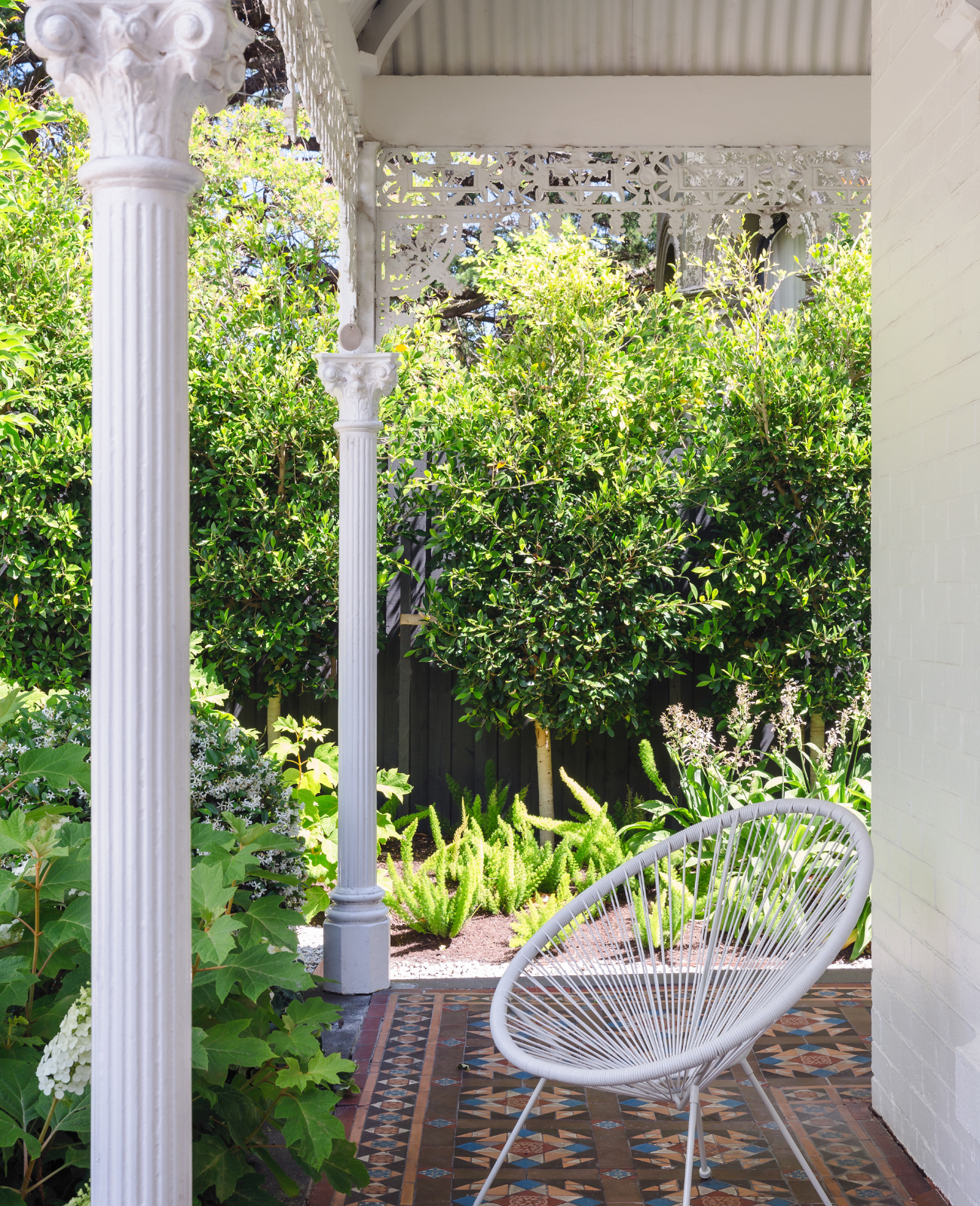
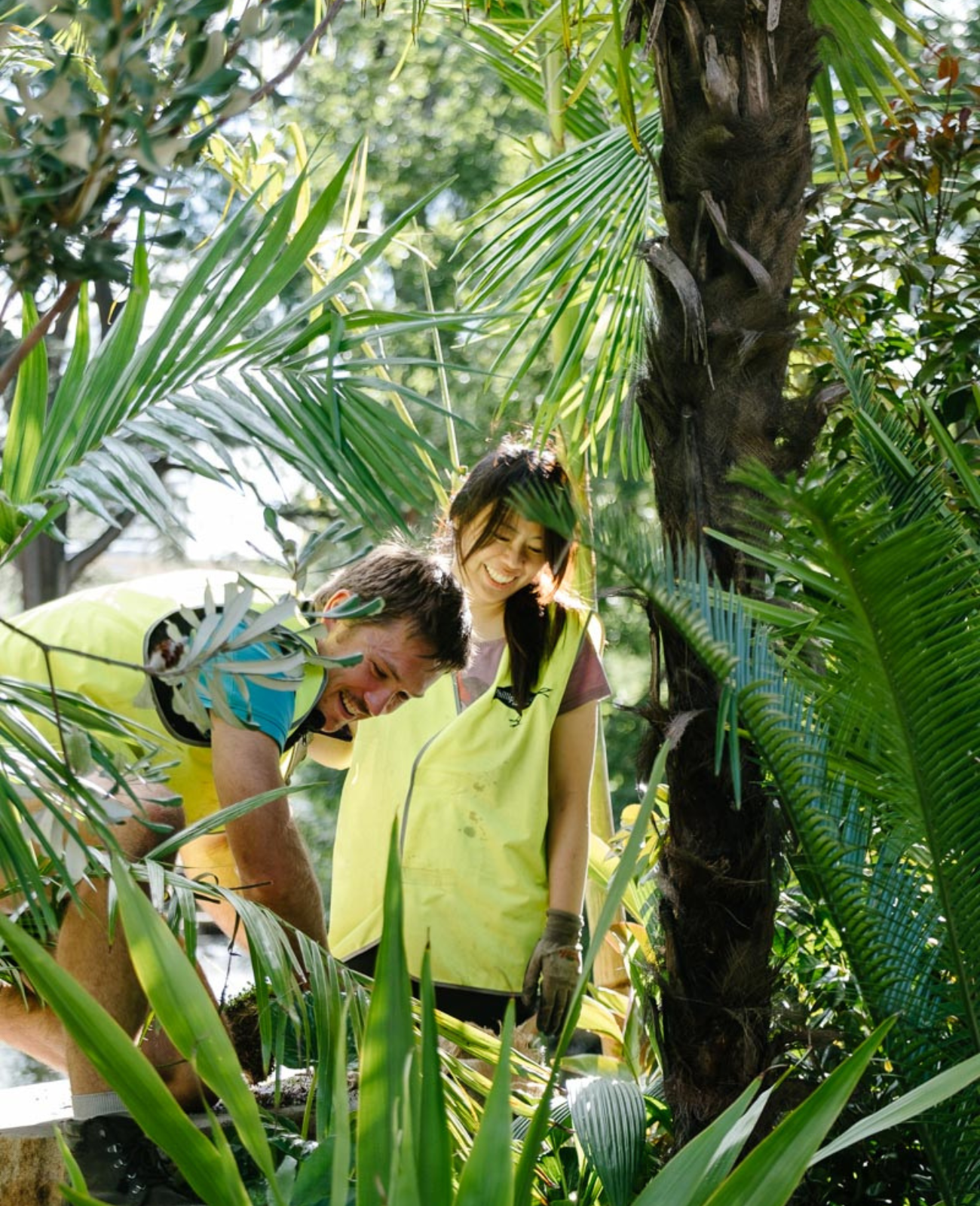
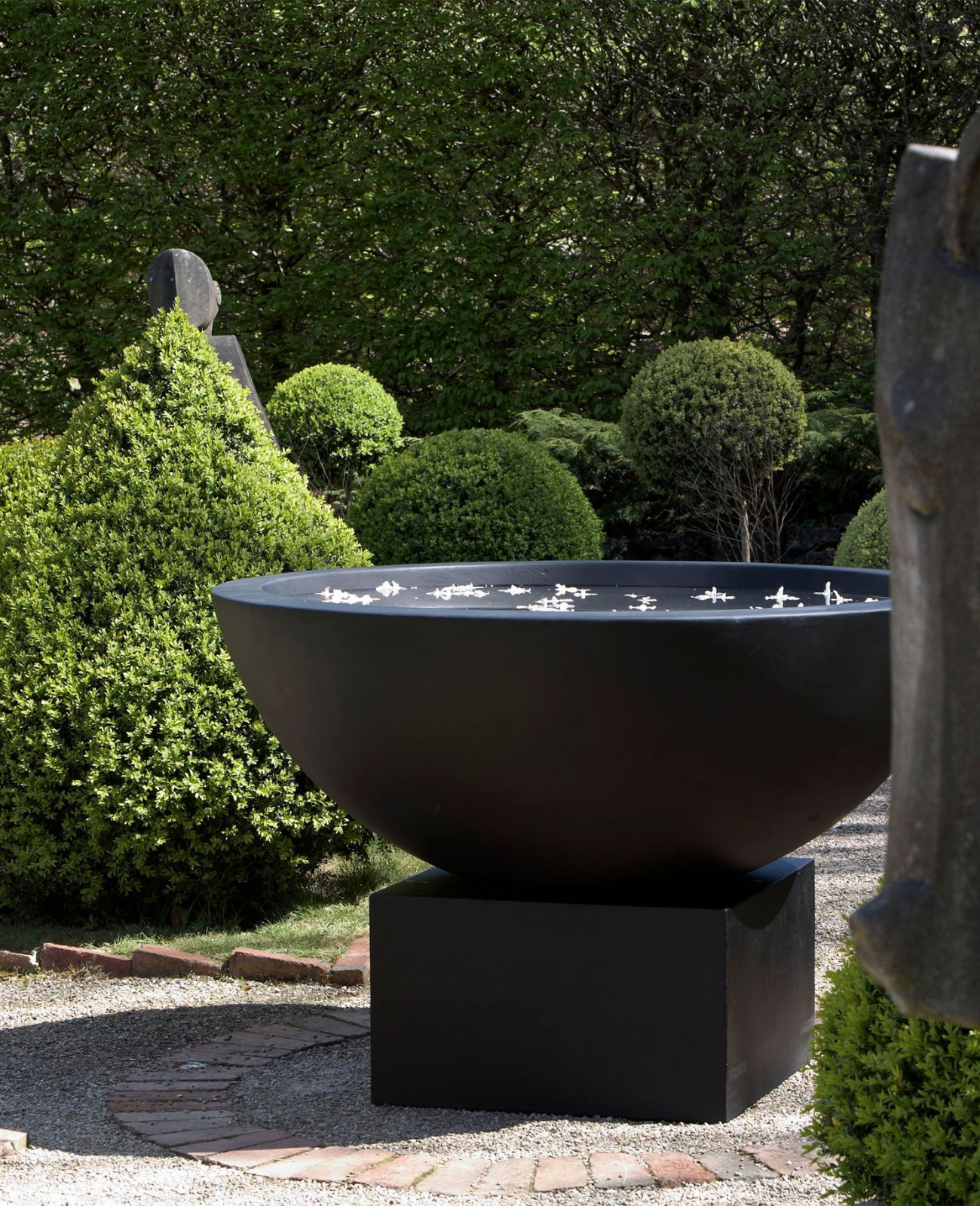
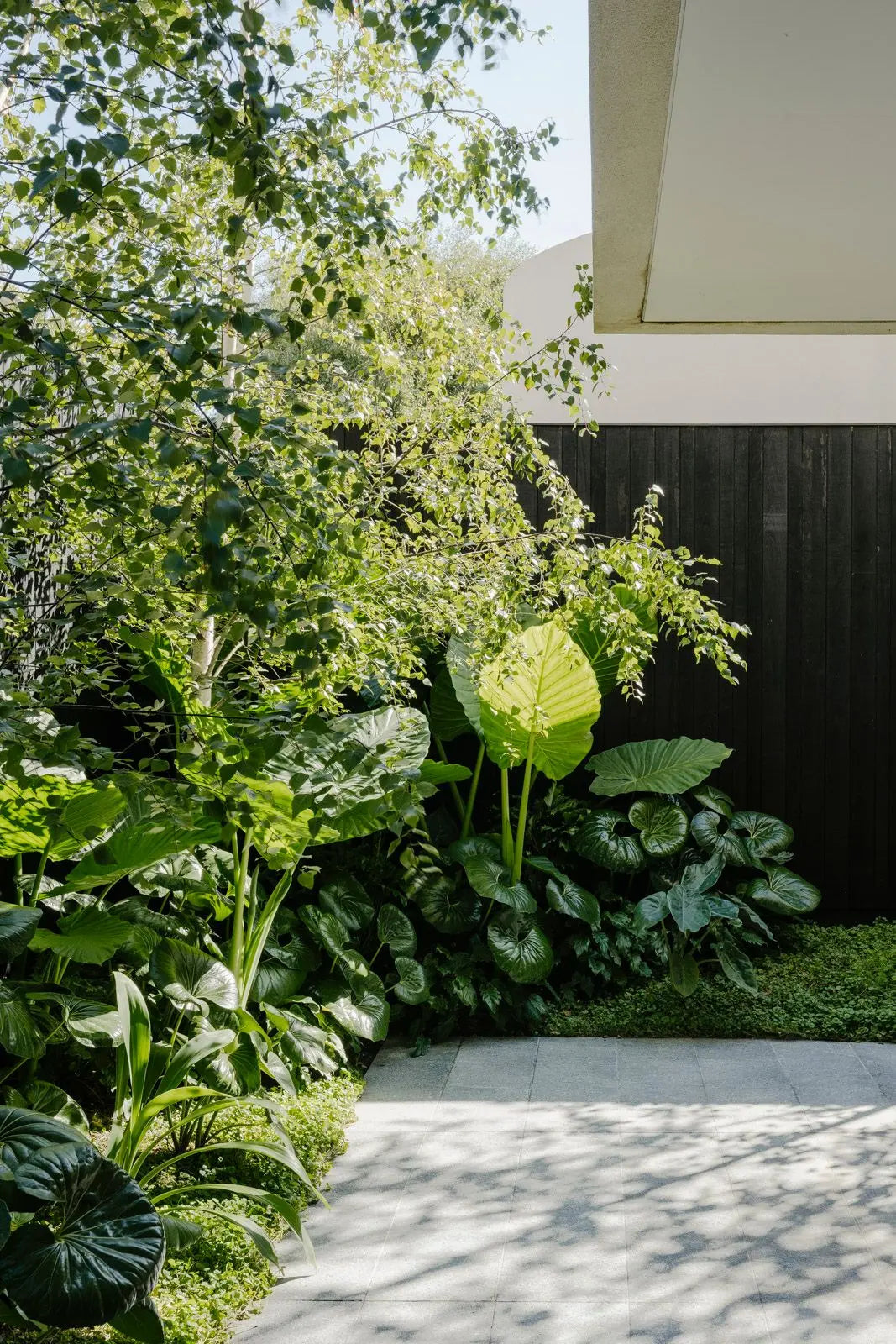
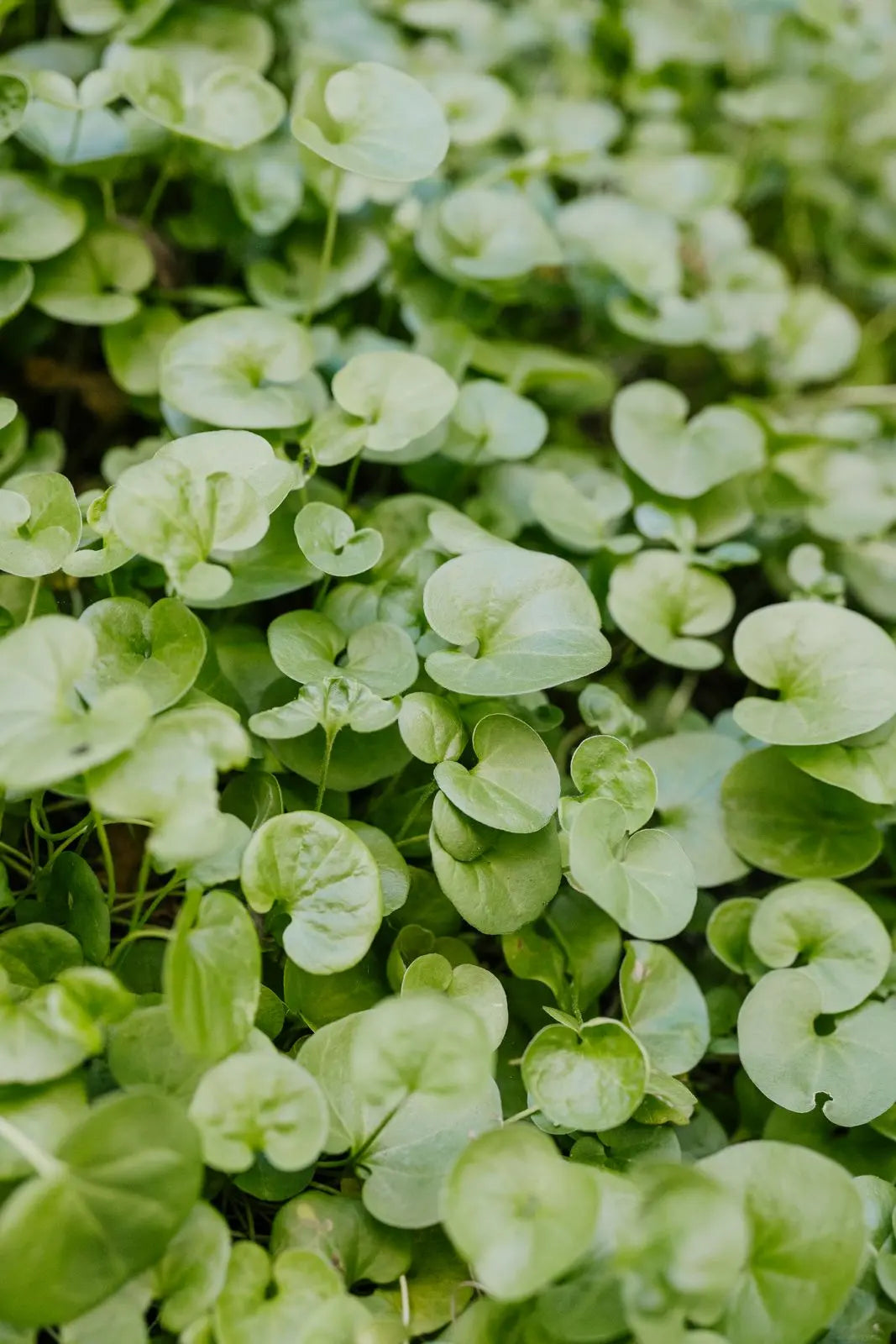
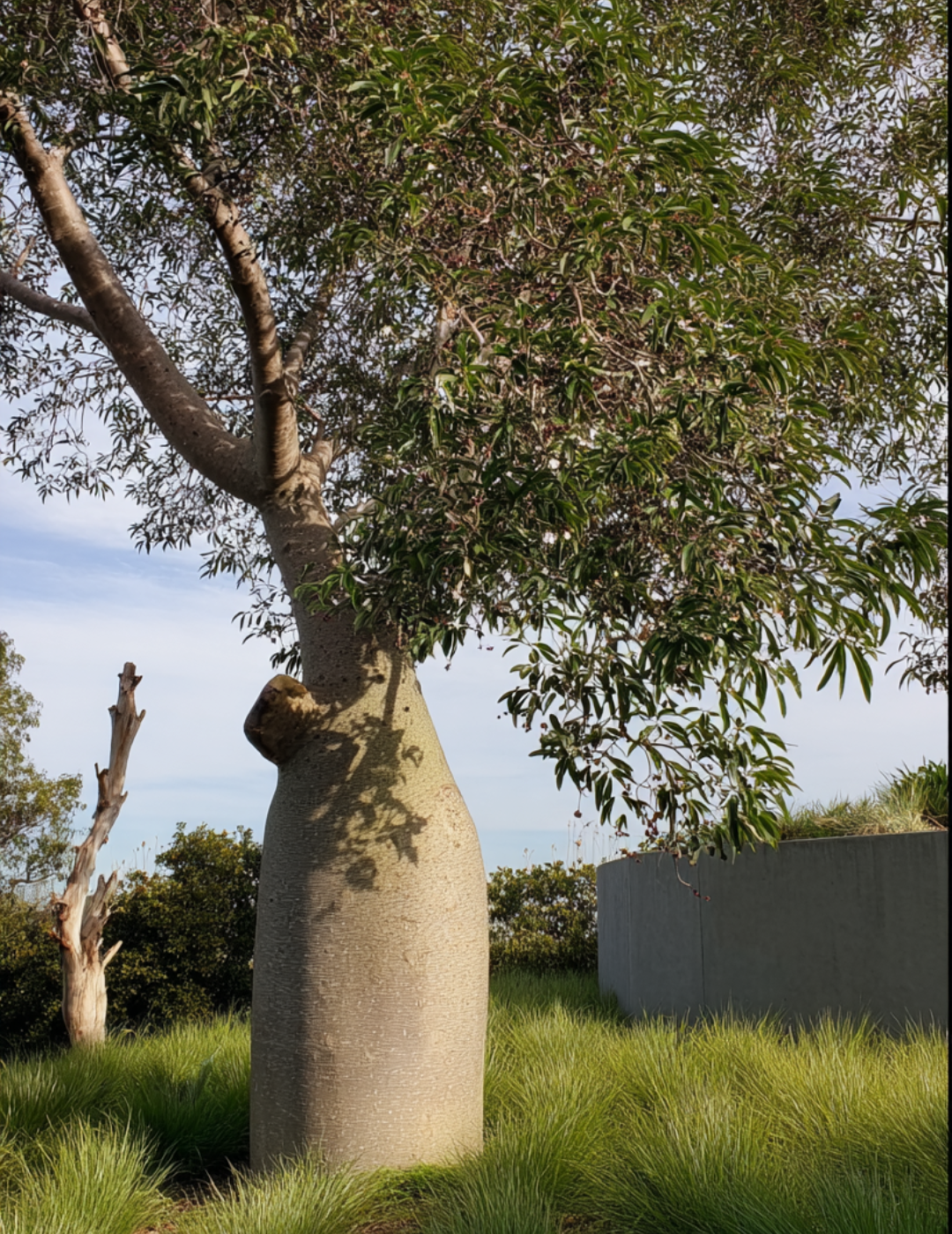
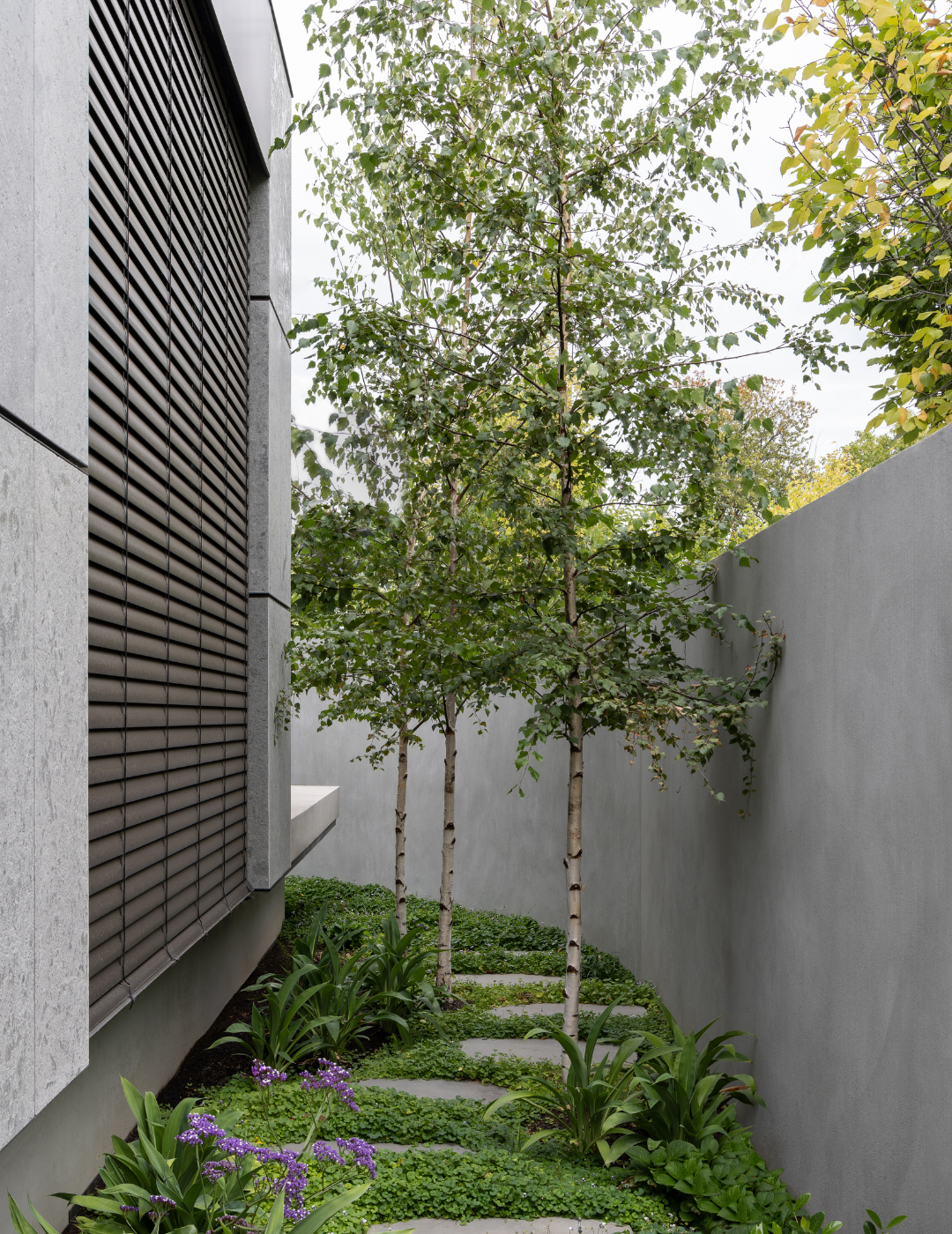
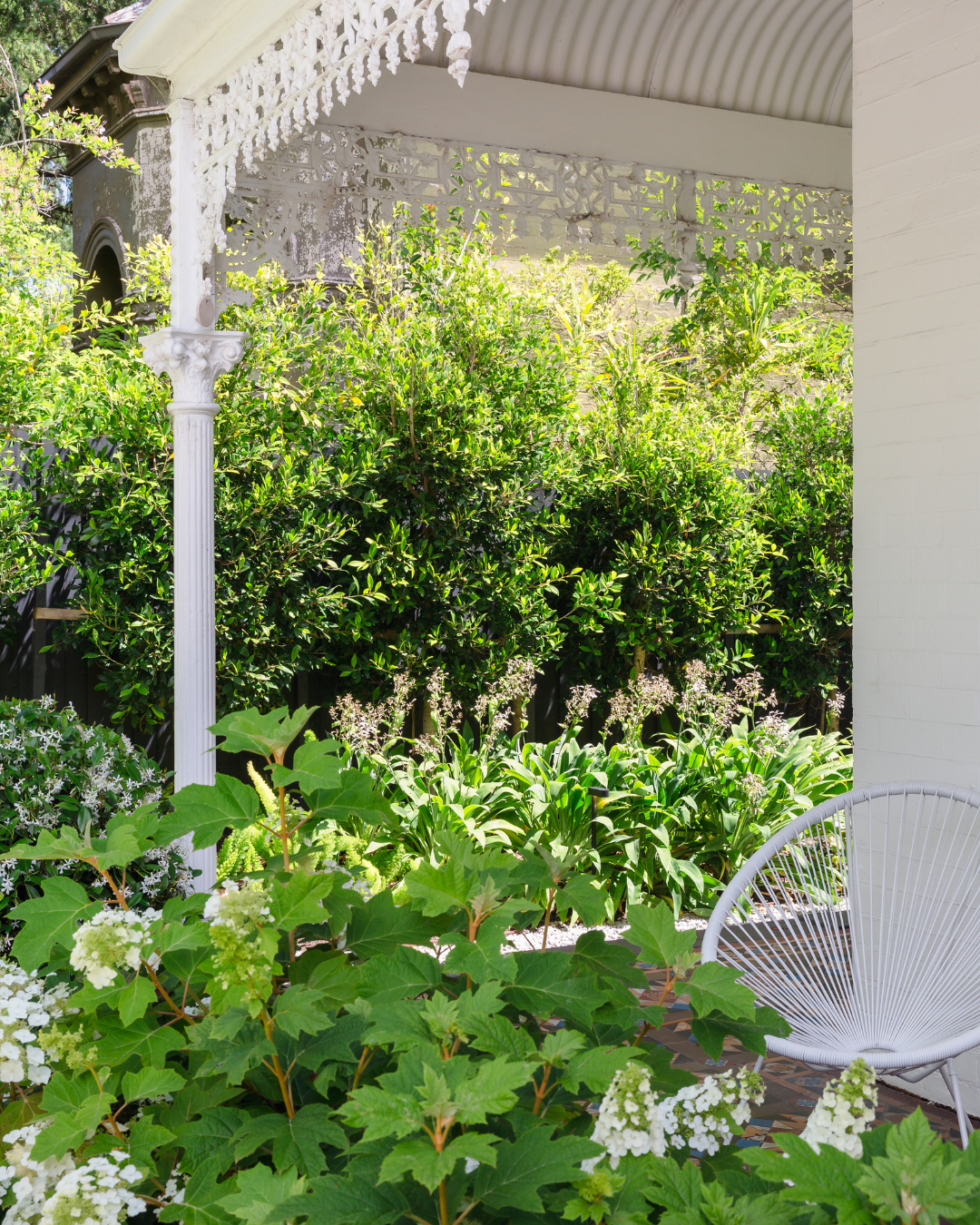
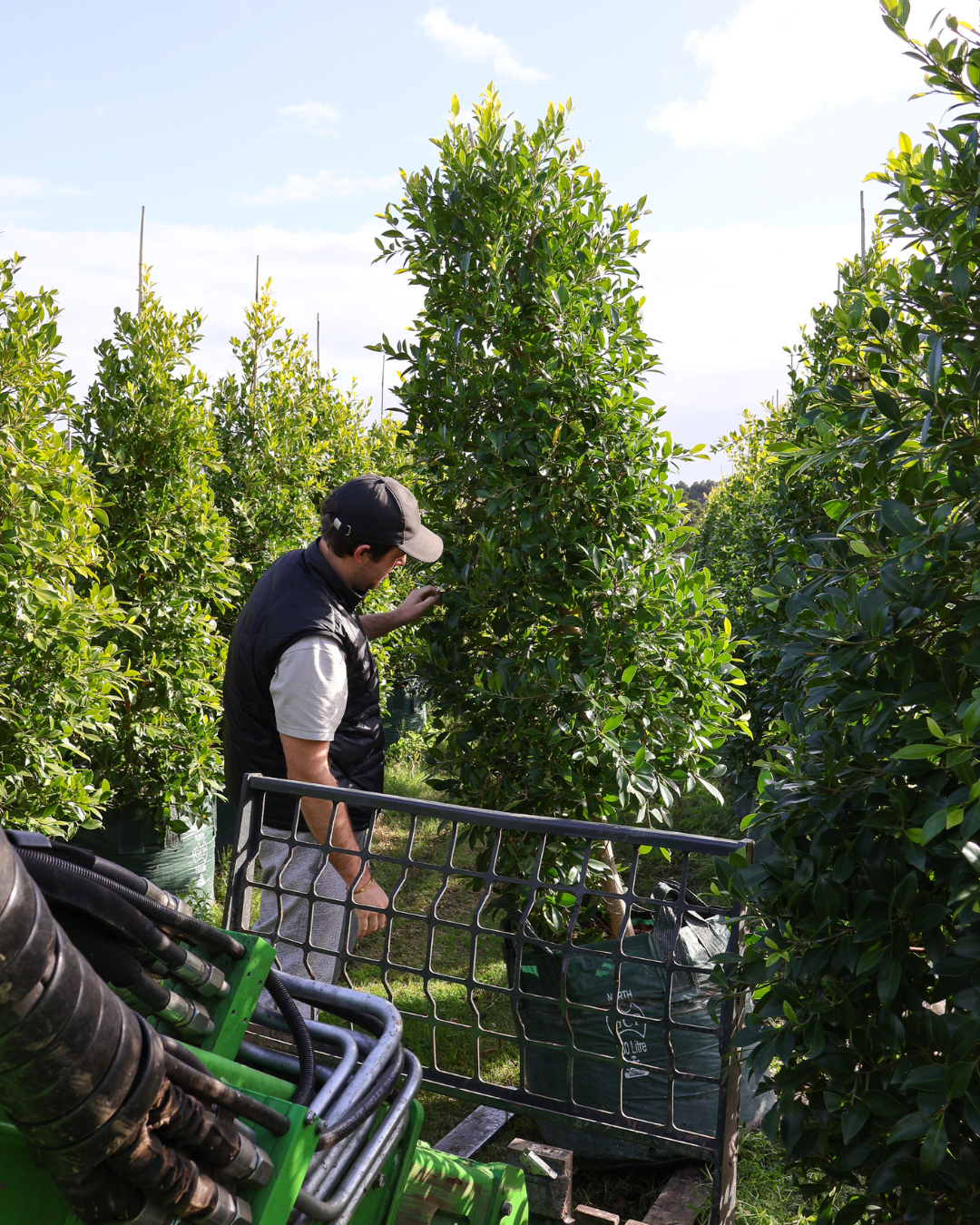

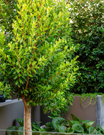
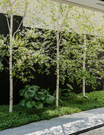
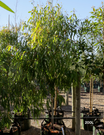
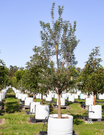


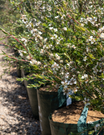
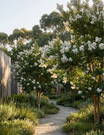
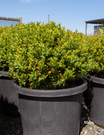
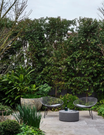

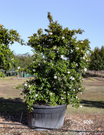
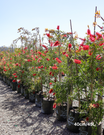
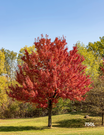
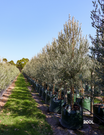
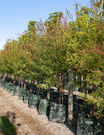
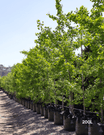
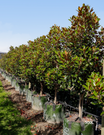
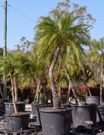


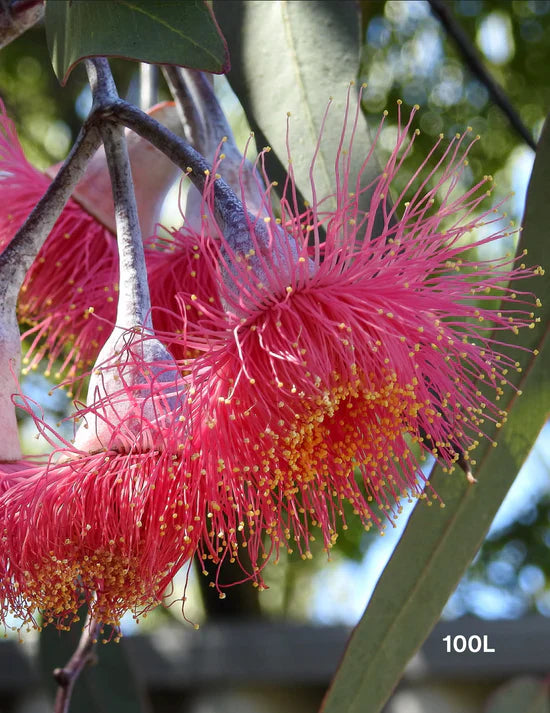

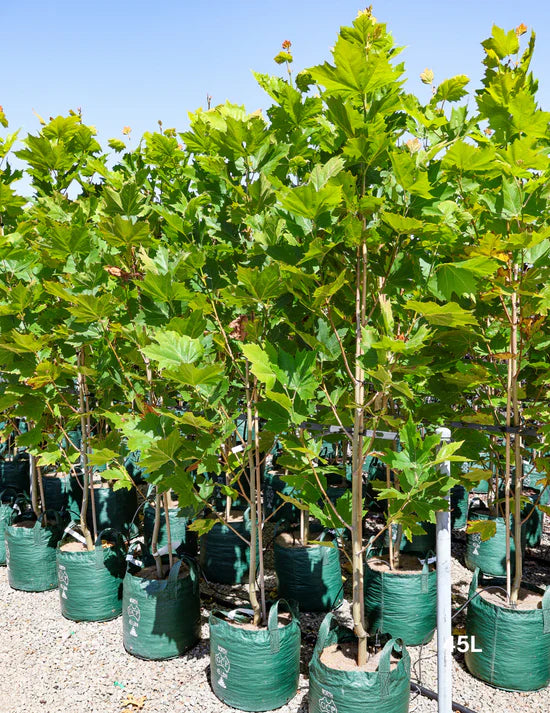
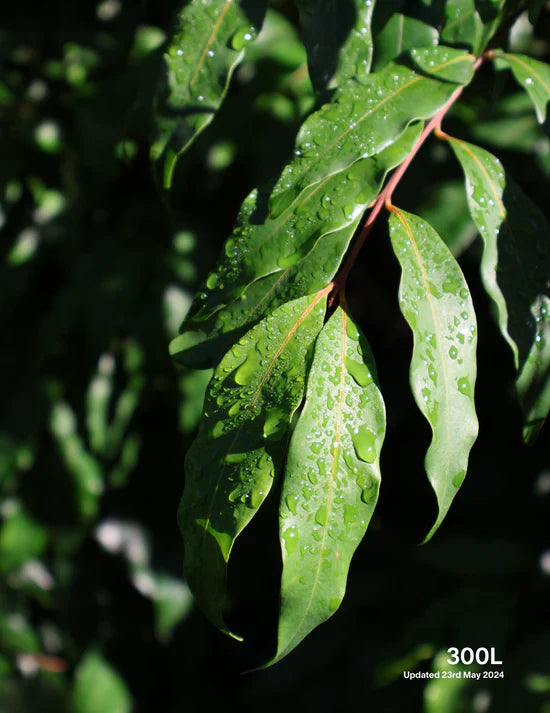
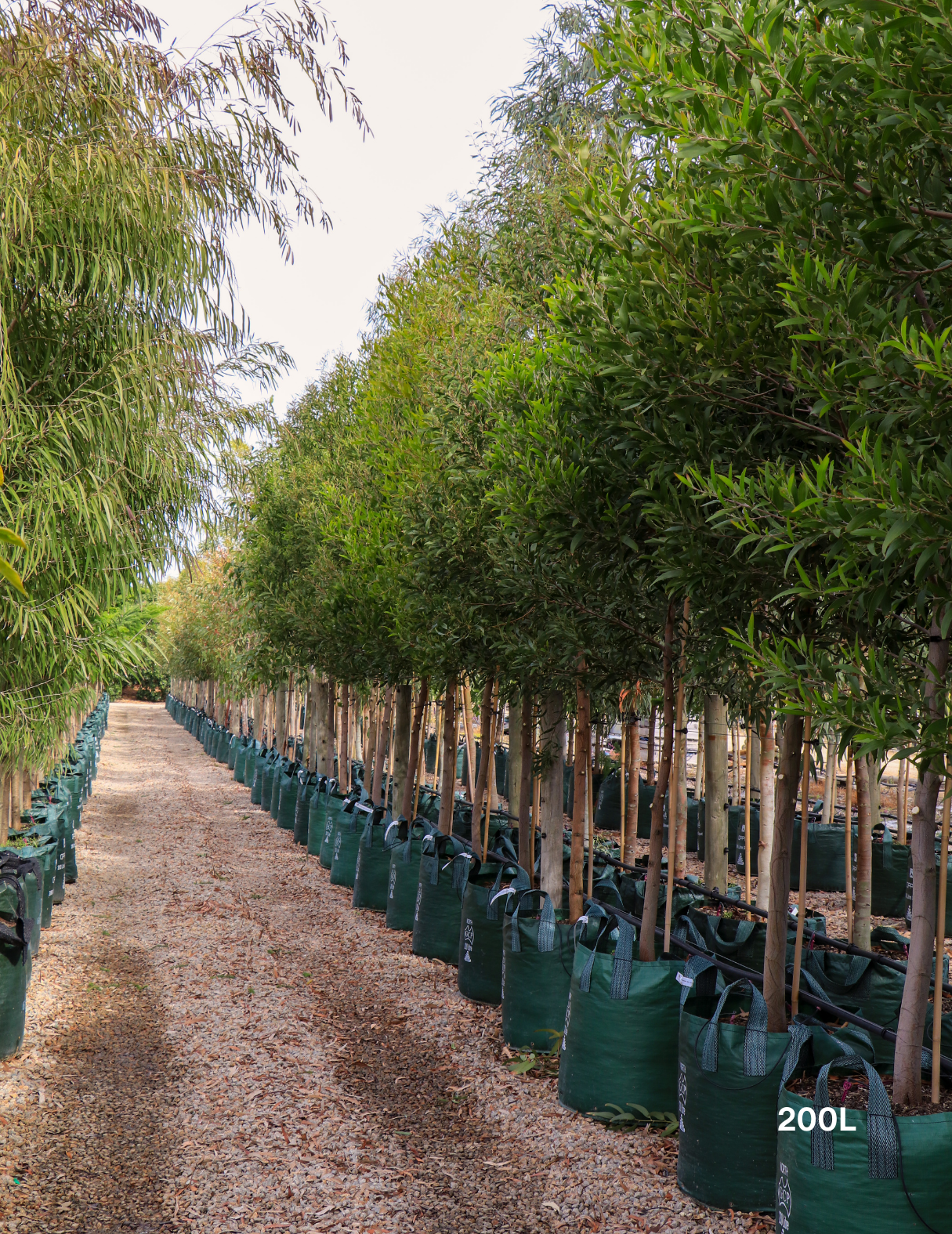
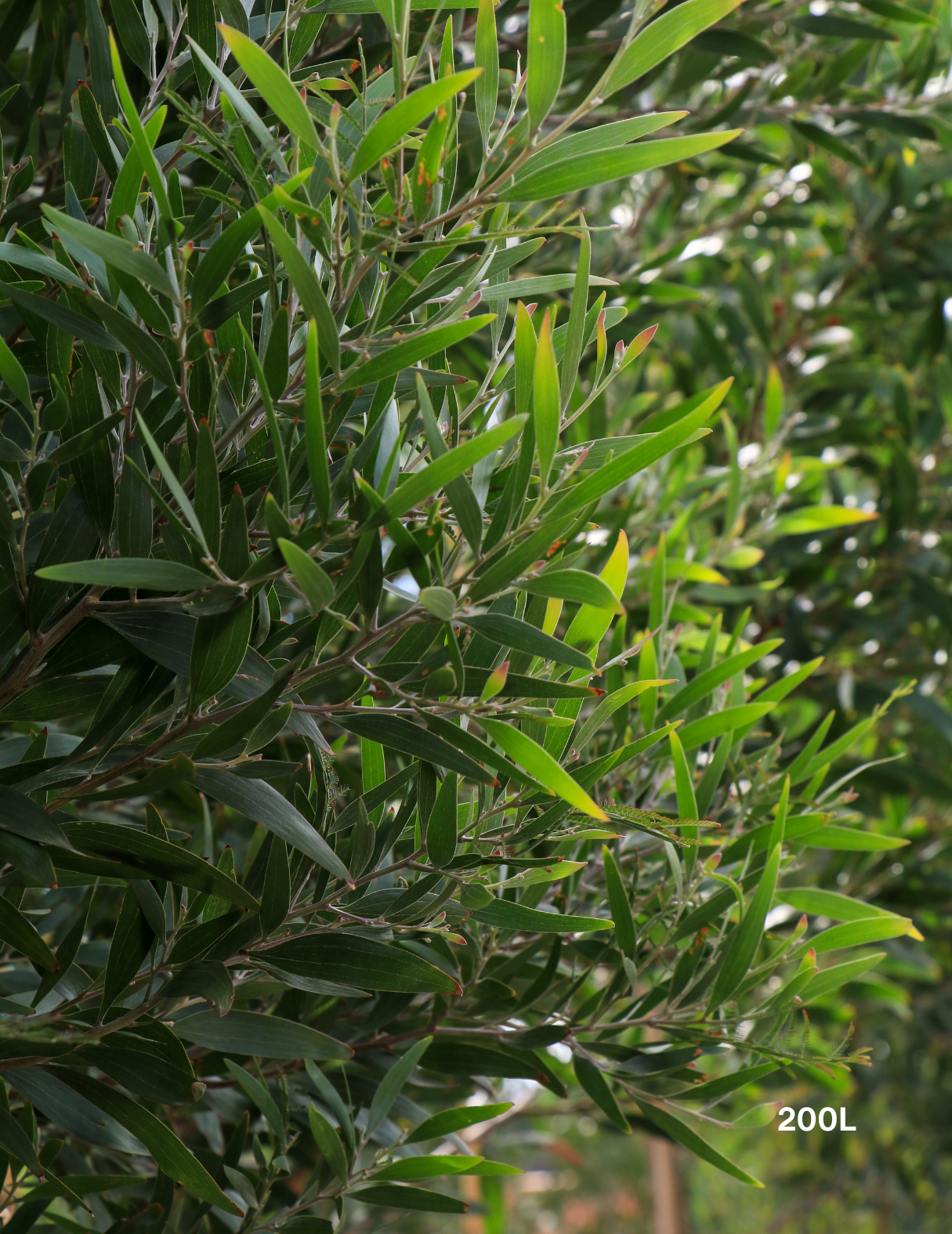
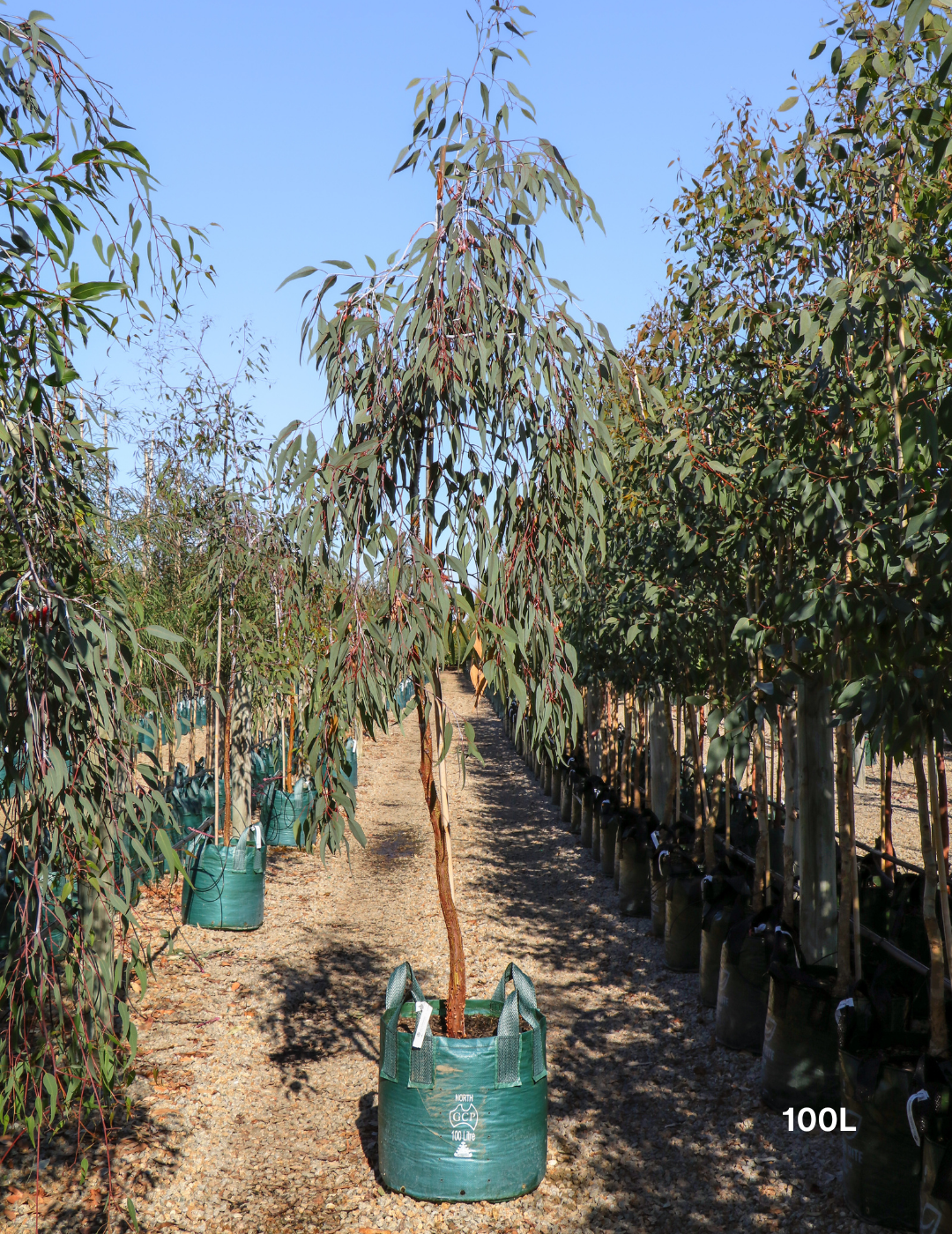
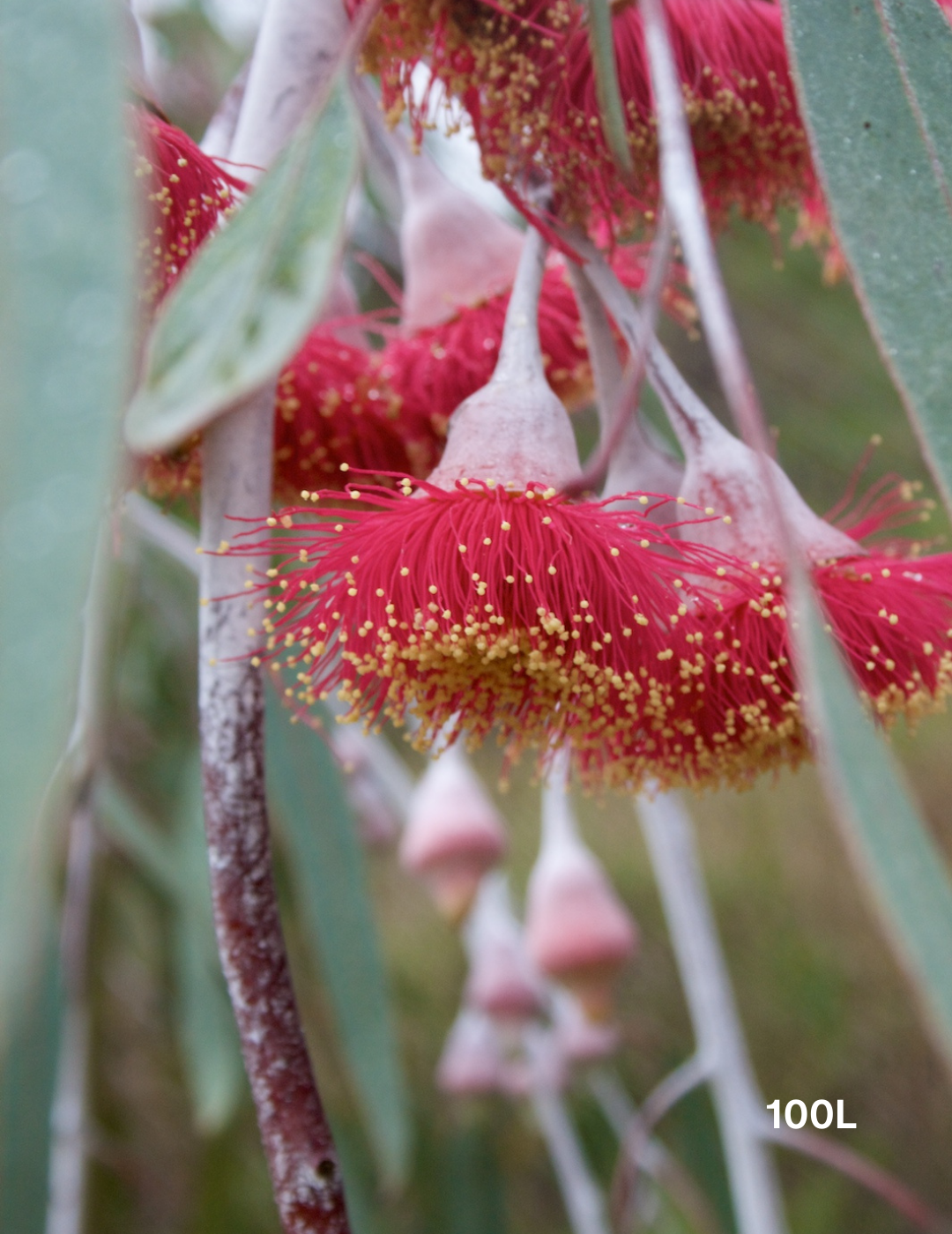
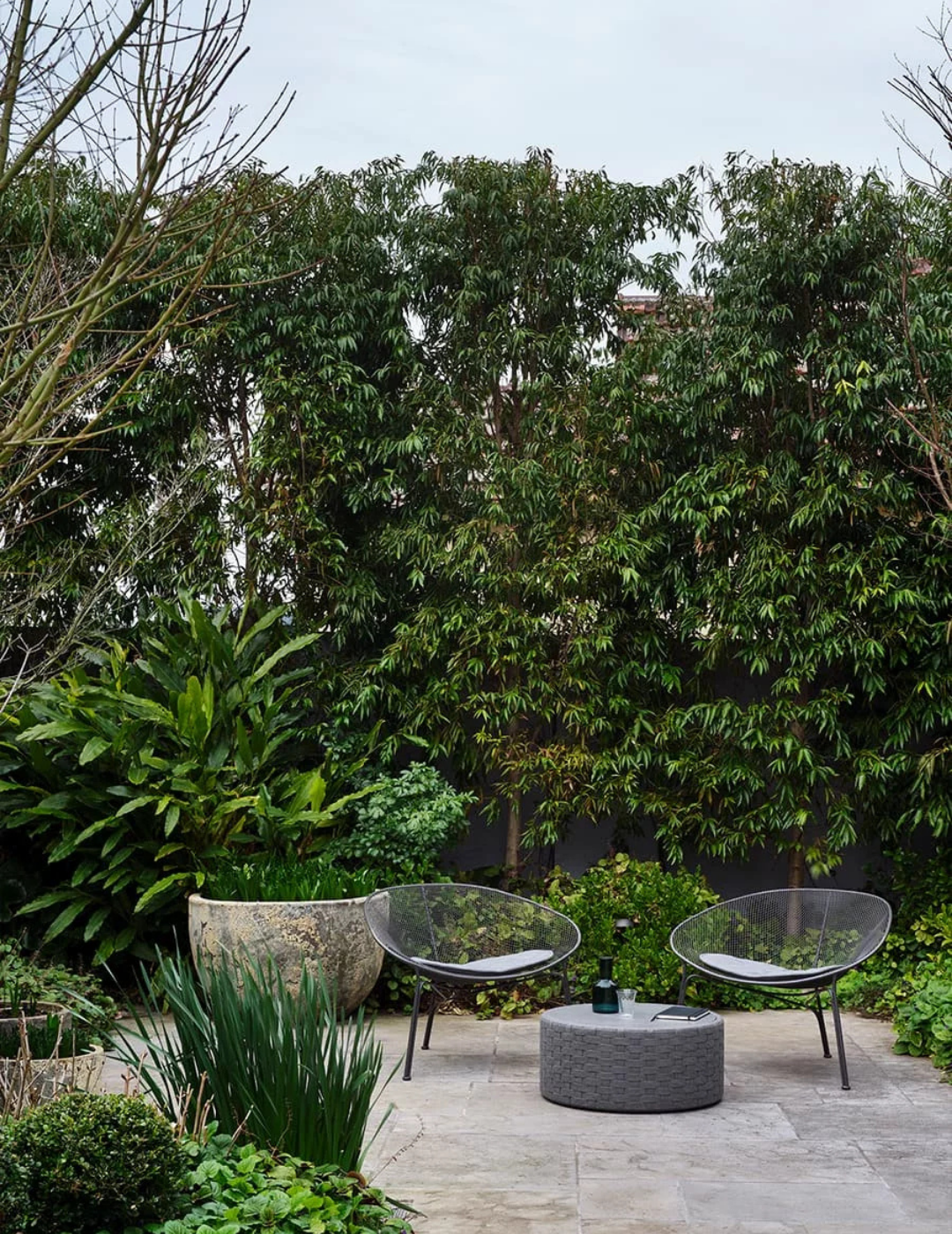
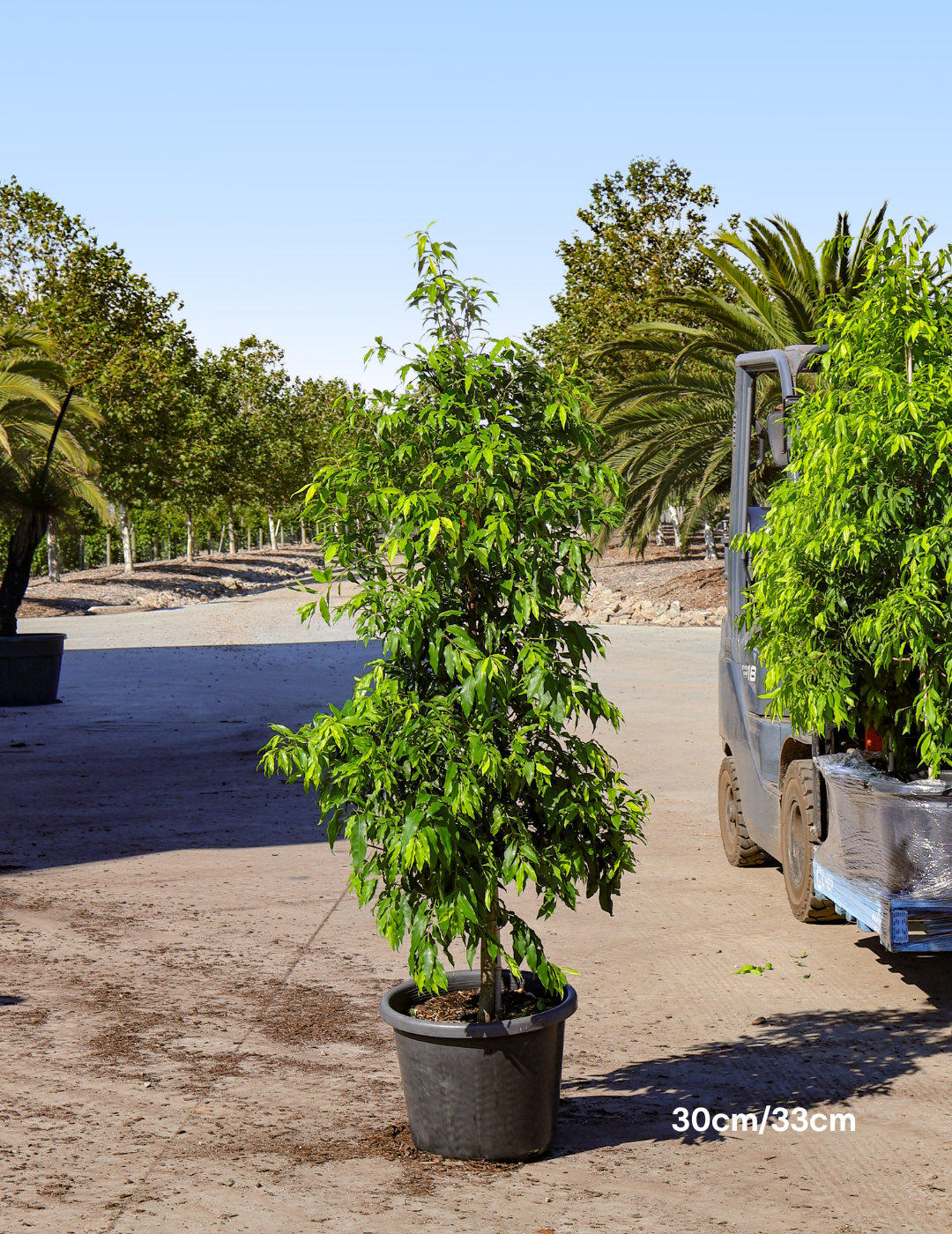
Leave a comment
This site is protected by hCaptcha and the hCaptcha Privacy Policy and Terms of Service apply.